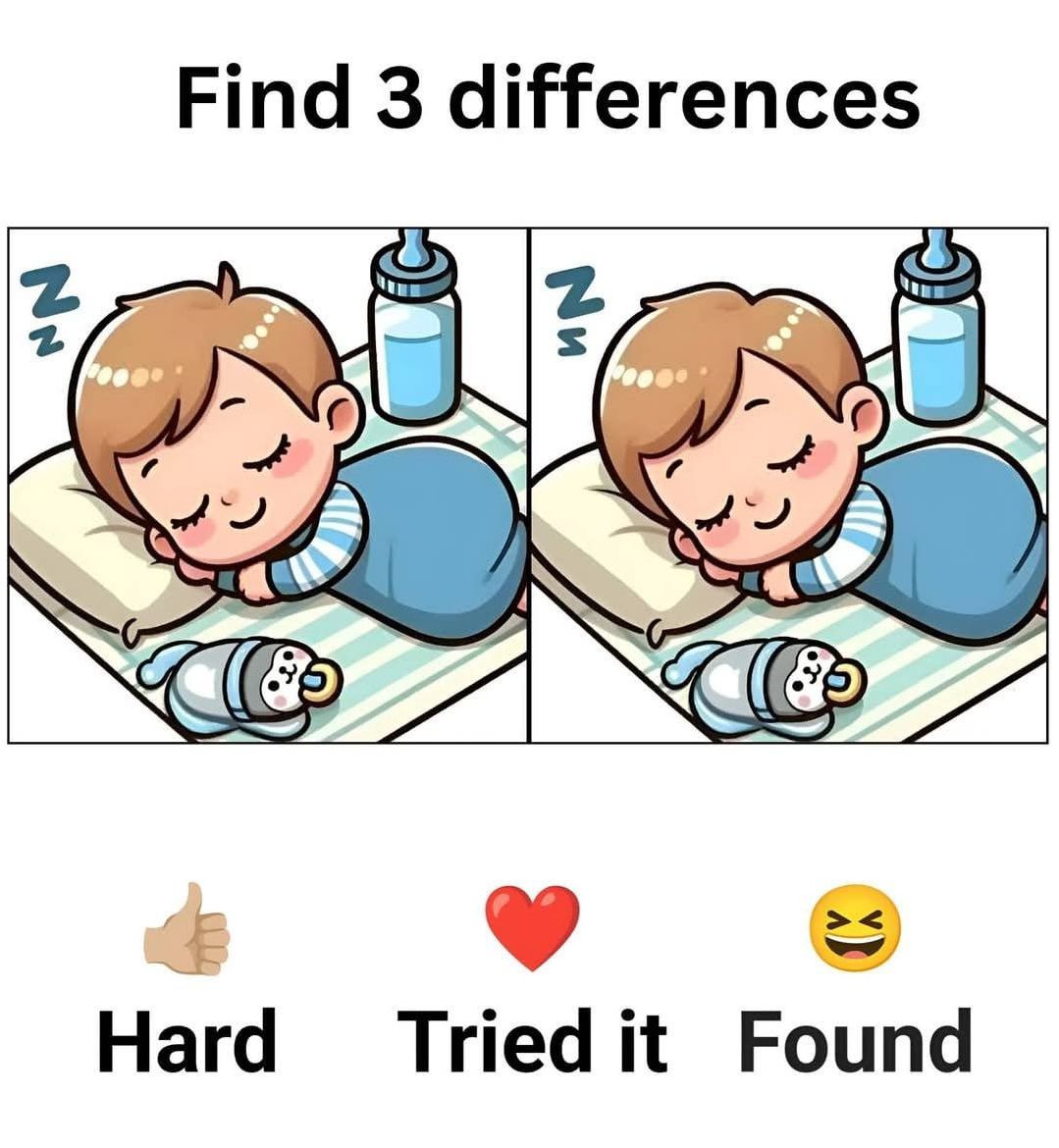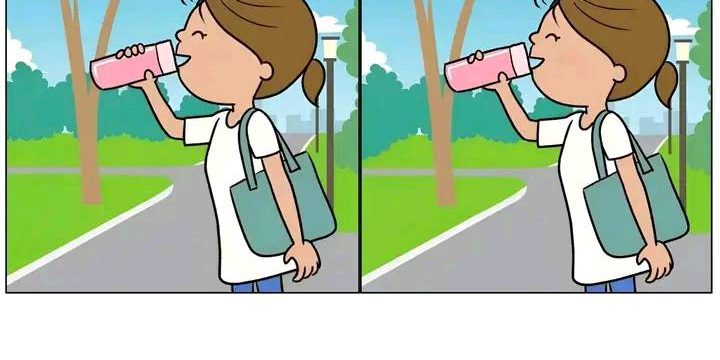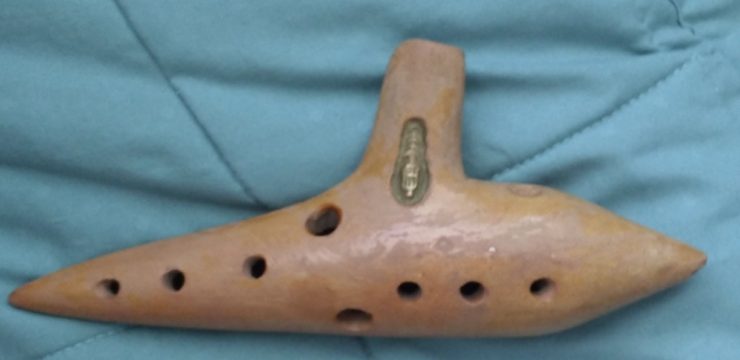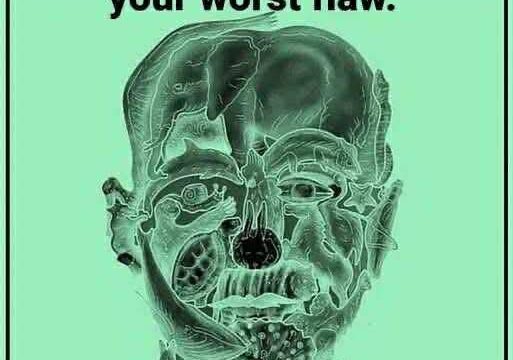Are you ready to challenge your brain with a quick visual test? At first glance, this sweet image of a sleeping baby appears completely identical in both versions. But look closer—there are three small differences hiding in plain sight, and it’s your job to find them. No hints, no help, just your eyes and attention to detail. Can you spot all three before we reveal the answers? Take your time and really observe everything in the picture, not just the baby’s face or bottle.

The most successful spot-the-difference solvers know to scan every corner of the image carefully. That’s because puzzles like this are specifically designed to test how well you can notice visual inconsistencies, even when they’re incredibly subtle. The most common mistake people make with these types of brain teasers is rushing through them. It’s easy to assume that the images are the same or to only focus on one area, like the baby’s head or hands, and ignore other parts like the background or clothing. Another mistake? Not comparing the two images side-by-side with equal attention.
If you’ve been looking for a while and can’t spot all three, don’t feel bad—it happens to a lot of people. Now let’s walk through the solution together so you can see where each of the differences was hiding. The first change is in the top-left corner, where you’ll see a series of cartoon-style “Z” symbols representing sleep. In the first picture, all of the “Z” letters are facing in the correct direction. But in the second image, one of those “Z” shapes is flipped—it’s reversed like it’s been mirrored. It’s such a tiny detail, and because it’s floating in the background, your brain tends to ignore it unless you’re specifically looking for it. The second difference is a bit more subtle. Look closely at the baby’s head in both images. In the original version, there’s a little curl of hair sticking up from the top of the baby’s head. But in the second image, that hair curl is gone. The head looks smooth and rounded.
This is the kind of small change that’s hard to notice at first because it doesn’t disrupt the overall shape of the baby’s head. Removing a small detail is a classic spot-the-difference strategy—it’s just enough to throw you off. Finally, let’s look at the baby’s sleeve. In the first image, the sleeve features a series of blue and white stripes. But in the second version, one of those stripes is missing. Because most people naturally focus on the baby’s face and upper body, it’s easy to overlook the arms and sleeves, which makes this detail extra sneaky. So to recap, here are the three differences: one of the “Z” symbols is reversed, the baby’s hair curl is missing, and the pattern on the sleeve has one fewer stripe. How many did you manage to find on your own?
Did one in particular catch you off guard? These puzzles are more than just a fun way to pass the time—they’re actually good for your brain. Spot-the-difference challenges help improve cognitive skills such as attention to detail, visual memory, and focus. Whether you’re a child still developing these abilities or an adult looking for a mental boost, exercises like this are great for sharpening observation and increasing mental alertness. They’re also perfect for friendly competitions, whether it’s during a coffee break at work, in a group chat with friends, or even in a classroom setting.

It’s always satisfying to be the first one to find the differences, especially when they’re tough to catch. So the next time you come across a visual puzzle like this, don’t rush. Take your time, study the image, and pay attention to everything—no detail is too small. With each new puzzle you solve, you train your brain to become even sharper. You’ll start noticing things in everyday life that others might overlook, and that’s a skill worth developing. Keep solving, keep playing, and keep pushing your brain in fun and simple ways. Who knows? You might just become the kind of person who always spots what others miss. And remember—just because it looks the same at first glance doesn’t mean it really is.





